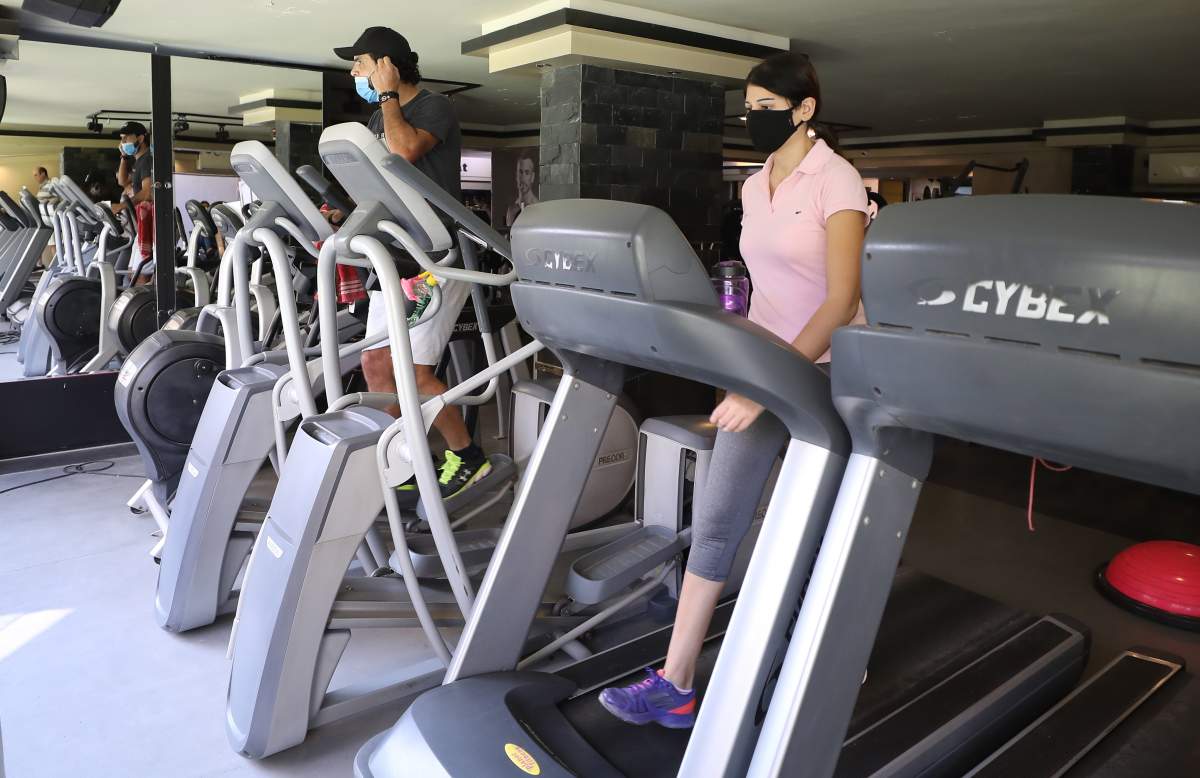With athletes returning to training and people heading back to the gym, there’s still some questions about whether or not to wear a mask.

In June, the World Health Organization published information about wearing masks, saying that it wasn’t a good idea to wear a face covering during exercise.
WHO says that sweat can make the mask wet, which makes it harder to breathe, and promotes the growth of microorganisms.

Dr. Terry Defreitas, a sports medicine physician with the Glen Sather Sports Medicine Clinic in Edmonton, says there are risks that come with wearing a mask during training sessions.
“Potential improper use of wearing the mask,” said Defreitas, “because of slippage and it coming down under your nose.

Get weekly health news
“The other part [is] you’re exercising, your hands are contaminated, you have to grab your mask, you contaminate yourself.”
But, in the same breath, she doesn’t want to discourage people from wearing a face covering.
In terms of getting quality breath, there are various studies looking at oxygen saturation and CO2 levels. The data she found showed no significant decrease in oxygen levels and only a slight increase in carbon dioxide levels.
“Most important is social distancing and the hand washing,” said Defreitas.
“If you can’t social distance in a sport practice — like a team sport where you’re passing the ball back and forth — a mask is okay and it does provide some protection.”

“But while you’re wearing it, don’t grab it with your hands and that kind of thing where you’re contaminating it.”
Importantly, if it gets wet with sweat, it needs to be replaced because it makes the mask ineffective.
Defreitas added that a new, yet-to-be-published study shows that masks are only effective during low and moderate levels of exercise. The researchers, led by Scott A. Helgeson with the division of pulmonary and critical care medicine at the Mayo Clinic in Jacksonville, Florida, found that during high intensity training, the mask doesn’t stop aerosols, Defretas said.







Comments